Study on the mechanism of action of Lycii Fructus in treating spinal cord injury based on network pharmacology
DOI: 10.23977/medcm.2024.060311 | Downloads: 16 | Views: 849
Author(s)
Xuelin Tan 1, Paikun Cheng 2, Jiajun Chen 3, Lindan Xiao 4, Junhao Zhang 5, Yuting Bai 6, Xin Chen 7
Affiliation(s)
1 Nanchong Central Hospital/The Second Clinical Medical College of North Sichuan Medical College, Nanchong, China
2 Ziyang Environmental Science and Technology Vocational College, Ziyang, China
3 Department of Clinical Laboratory, Gaoping District People's Hospital of Nanchong, Nanchong, China
4 Dazhou Vocational College of Chinese Medicine, Dazhou, China
5 North Sichuan Medical College, Nanchong, China
6 Department of Clinical Laboratory, Affiliated Hospital of North Sichuan Medical College, Nanchong, China
7 Department of Rehabilitation Medicine, Affiliated Hospital of North Sichuan Medical College, Nanchong, China
Corresponding Author
Xin ChenABSTRACT
The purpose of this study was to to explore the effective active ingredients and specific mechanisms of Lycii Fructus in treating spinal cord injury (SCI). The method used in this study was to obtain the main active ingredients of Lycii Fructus and their corresponding targets through the Chinese Medicine System Pharmacology Database and Analysis Platform (TCMSP), Perl, UniProt and other databases. The targets of SCI were obtained through the four databases of OMIM, GeneCards, DrugBank and PharmGkb. The potential therapeutic targets of Lycii Fructus against SCI were determined by the Venn diagram online tool. The protein interaction network was established with the help of the String database, and the PPI network diagram was topologically analyzed by Cytoscape software to select core targets. DAVID database was used to perform GO analysis and KEGG pathway enrichment analysis on potential therapeutic targets, and the visualization was performed using the R language. The results of Venn diagram showed that there were 156 cross targets between the active components of Lycii Fructus and SCI. The core targets were TP53, MAPK1, AKT1, HSP90AA1, ESR1, etc. GO analysis showed that the biological processes involved in Lycii Fructus were mainly DNA binding transcription factors, activation of nuclear receptors and transcription factor activity, activation of G protein-coupled amine receptor activity, etc. KEGG pathway enrichment analysis found that Lycii Fructus played a role in the treatment of SCI involving PI3K-Akt signaling pathway, IL-17 signaling pathway, TNF signaling pathway, HIF-1 signaling pathway and p53 signaling pathway. This study preliminarily reveals Lycii Fructus can treat SCI through multiple pathways, multiple components and multiple targets. This experiment lays the foundation for further research on the therapeutic effect of Lycii Fructus.
KEYWORDS
Network pharmacology, Spinal cord injury, Mechanism, Lycii FructusCITE THIS PAPER
Xuelin Tan, Paikun Cheng, Jiajun Chen, Lindan Xiao, Junhao Zhang, Yuting Bai, Xin Chen, Study on the mechanism of action of Lycii Fructus in treating spinal cord injury based on network pharmacology. MEDS Chinese Medicine (2024) Vol. 6: 75-86. DOI: http://dx.doi.org/10.23977/medcm.2024.060311.
REFERENCES
[1] Müller-Jensen, L., et al., Clinical Presentation and Causes of Non-traumatic Spinal Cord Injury: An Observational Study in Emergency Patients. Front Neurol, 2021. 12: p. 701927.
[2] Spinal Cord Injury (SCI) 2016 Facts and Figures at a Glance. J Spinal Cord Med, 2016. 39(4): p. 493-494.
[3] Ruofei, Q., et al., Effect of Buyang Huaiwu Decoction on HIF-1α, VEGF Protein Content in SD Rats with Spinal Cord Injury. Guiding Journal of Traditional Chinese Medicine and Pharmacy, 2018. 24(14): p. 30-34.
[4] Wang, F., et al., The mechanism of treating spinal cord injury with rhubarb based on network pharmacology. Clinical Journal of Chinese Medicine, 2021. 13(19): p. 20-24.
[5] Guan, Z., J. Liu, and J. Li, Differentiation and analysis of medicinal evolution of Lycii Fructus. China Journal of Traditional Chinese Medicine and Pharmacy, 2020. 35(12): p. 6095-6098.
[6] Toh, D.W.K., et al., Wolfberry (Lycium barbarum) Consumption with a Healthy Dietary Pattern Lowers Oxidative Stress in Middle-Aged and Older Adults: A Randomized Controlled Trial. Antioxidants (Basel), 2021. 10(4).
[7] Chen, L., et al., Lycium barbarum polysaccharide protects against LPS-induced ARDS by inhibiting apoptosis, oxidative stress, and inflammation in pulmonary endothelial cells. Free Radic Res, 2018. 52(4): p. 480-490.
[8] Ru, J., et al., TCMSP: a database of systems pharmacology for drug discovery from herbal medicines. J Cheminform, 2014. 6: p. 13.
[9] The UniProt Consortium. UniProt: the universal protein knowledgebase in 2021. Nucleic Acids Res, 2021. 49(D1): p. D480-D489.
[10] Stelzer, G., et al., The GeneCards Suite: From Gene Data Mining to Disease Genome Sequence Analyses. Curr Protoc Bioinformatics, 2016. 54: p. 1.30.1-1.30.33.
[11] Amberger, J.S. and A. Hamosh, Searching Online Mendelian Inheritance in Man (OMIM): A Knowledgebase of Human Genes and Genetic Phenotypes. Curr Protoc Bioinformatics, 2017. 58: p. 1.2.1-1.2.12.
[12] Chen, X., Z.L. Ji, and Y.Z. Chen, TTD: Therapeutic Target Database. Nucleic Acids Res, 2002. 30(1): p. 412-415.
[13] Wishart, D.S., et al., DrugBank: a comprehensive resource for in silico drug discovery and exploration. Nucleic Acids Res, 2006. 34(Database issue): p. D668-D672.
[14] Szklarczyk, D., et al., STRING v11: protein-protein association networks with increased coverage, supporting functional discovery in genome-wide experimental datasets. Nucleic Acids Res, 2019. 47(D1): p. D607-D613.
[15] Sherman, B.T., et al., DAVID: a web server for functional enrichment analysis and functional annotation of gene lists (2021 update). Nucleic Acids Res, 2022. 50(W1): p. W216-W221.
[16] Gao, L., et al., Progress in Stem Cell Therapy for Spinal Cord Injury. Stem Cells Int, 2020. 2020: p. 2853650.
[17] Bergamaschi, D., et al., iASPP oncoprotein is a key inhibitor of p53 conserved from worm to human. Nat Genet, 2003. 33(2): p. 162-167.
[18] Genovese, T., et al., Evidence for the role of mitogen-activated protein kinase signaling pathways in the development of spinal cord injury. J Pharmacol Exp Ther, 2008. 325(1): p. 100-114.
[19] Brunet, A., S.R. Datta, and M.E. Greenberg, Transcription-dependent and -independent control of neuronal survival by the PI3K-Akt signaling pathway. Curr Opin Neurobiol, 2001. 11(3): p. 297-305.
[20] Noshita, N., et al., Akt phosphorylation and neuronal survival after traumatic brain injury in mice. Neurobiol Dis, 2002. 9(3): p. 294-304.
[21] Bi, J., et al., Melatonin Synergizes With Methylprednisolone to Ameliorate Acute Spinal Cord Injury. Front Pharmacol, 2021. 12: p. 723913.
[22] Wang, X., et al., Electroacupuncture Alleviates Diabetic Peripheral Neuropathy by Regulating Glycolipid-Related GLO/AGEs/RAGE Axis. Front Endocrinol (Lausanne), 2021. 12: p. 655591.
[23] Sugimoto, K., M. Yasujima, and S. Yagihashi, Role of advanced glycation end products in diabetic neuropathy. Curr Pharm Des, 2008. 14(10): p. 953-961.
[24] Li, Y., et al., Stabilization of Hypoxia Inducible Factor-1α by Dimethyloxalylglycine Promotes Recovery from Acute Spinal Cord Injury by Inhibiting Neural Apoptosis and Enhancing Axon Regeneration. J Neurotrauma, 2019. 36(24): p. 3394-3409.
| Downloads: | 8961 |
|---|---|
| Visits: | 572029 |
Sponsors, Associates, and Links
-
MEDS Clinical Medicine
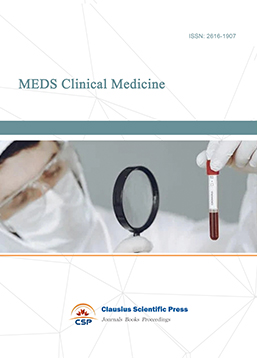
-
Journal of Neurobiology and Genetics
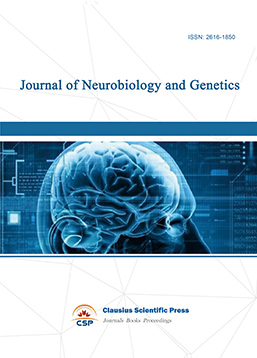
-
Medical Imaging and Nuclear Medicine
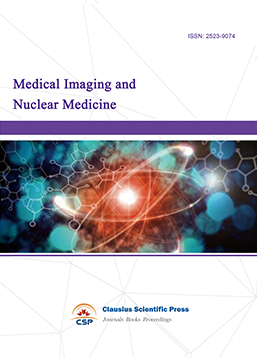
-
Bacterial Genetics and Ecology
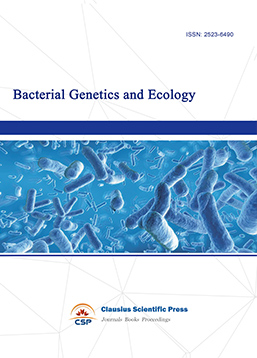
-
Transactions on Cancer
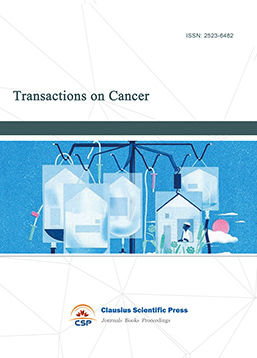
-
Journal of Biophysics and Ecology
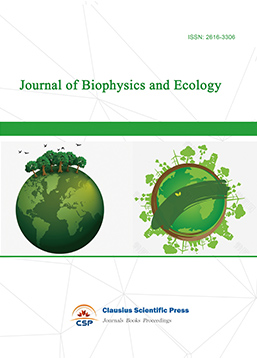
-
Journal of Animal Science and Veterinary
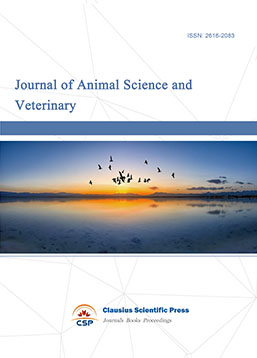
-
Academic Journal of Biochemistry and Molecular Biology
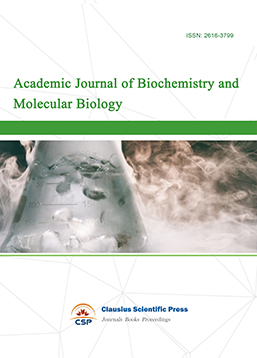
-
Transactions on Cell and Developmental Biology
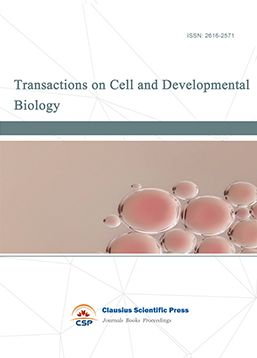
-
Rehabilitation Engineering & Assistive Technology
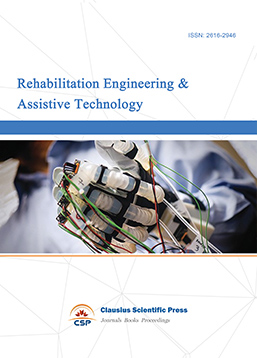
-
Orthopaedics and Sports Medicine
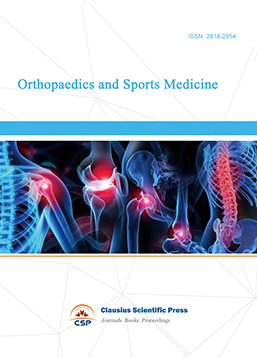
-
Hematology and Stem Cell
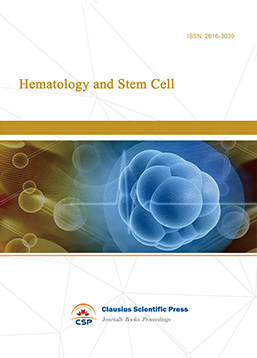
-
Journal of Intelligent Informatics and Biomedical Engineering
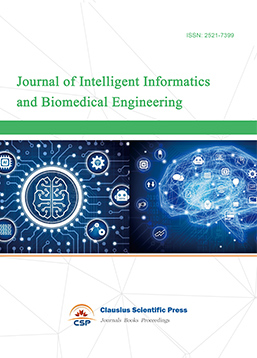
-
MEDS Basic Medicine
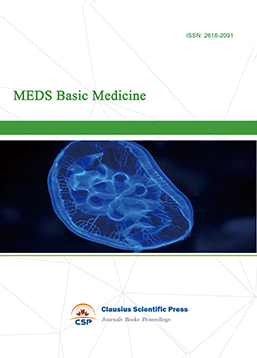
-
MEDS Stomatology
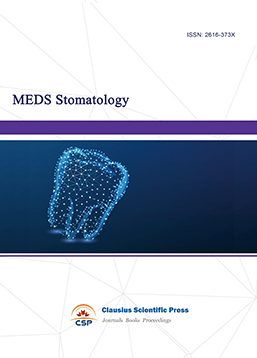
-
MEDS Public Health and Preventive Medicine
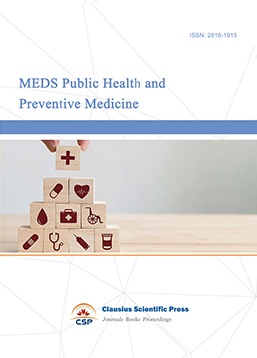
-
Journal of Enzyme Engineering
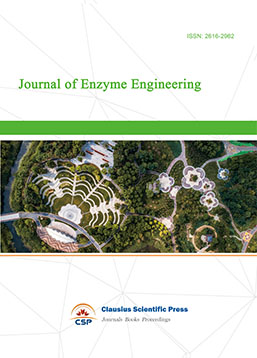
-
Advances in Industrial Pharmacy and Pharmaceutical Sciences
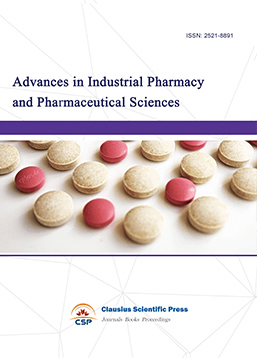
-
Bacteriology and Microbiology
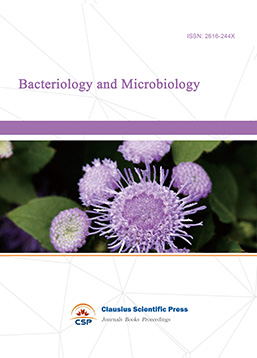
-
Advances in Physiology and Pathophysiology
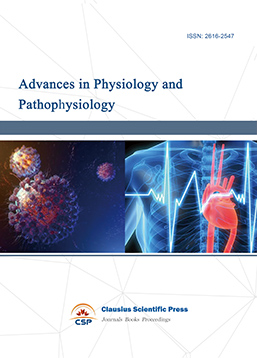
-
Journal of Vision and Ophthalmology
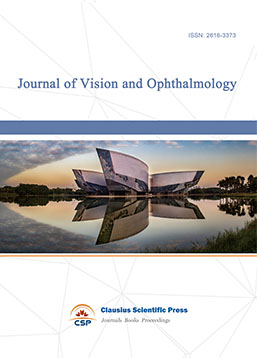
-
Frontiers of Obstetrics and Gynecology
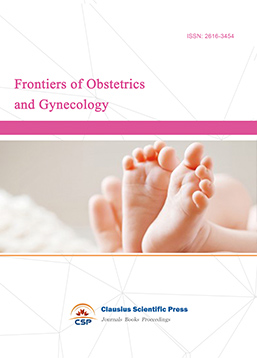
-
Digestive Disease and Diabetes

-
Advances in Immunology and Vaccines
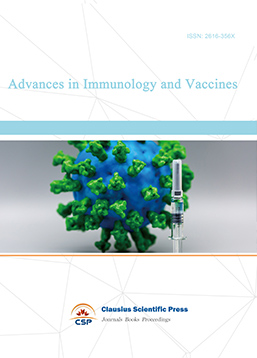
-
Nanomedicine and Drug Delivery
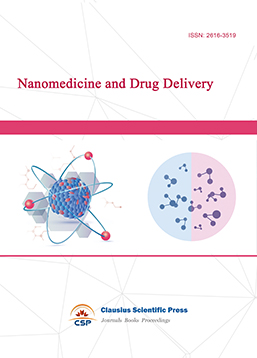
-
Cardiology and Vascular System

-
Pediatrics and Child Health
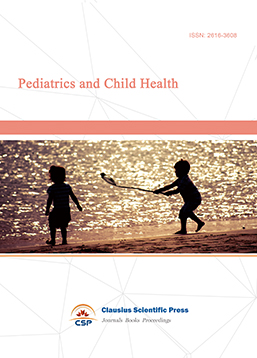
-
Journal of Reproductive Medicine and Contraception
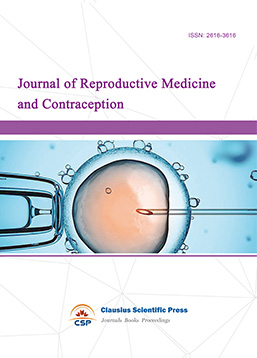
-
Journal of Respiratory and Lung Disease
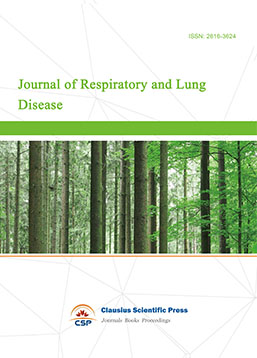
-
Journal of Bioinformatics and Biomedicine
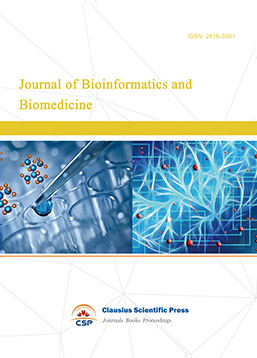

 Download as PDF
Download as PDF